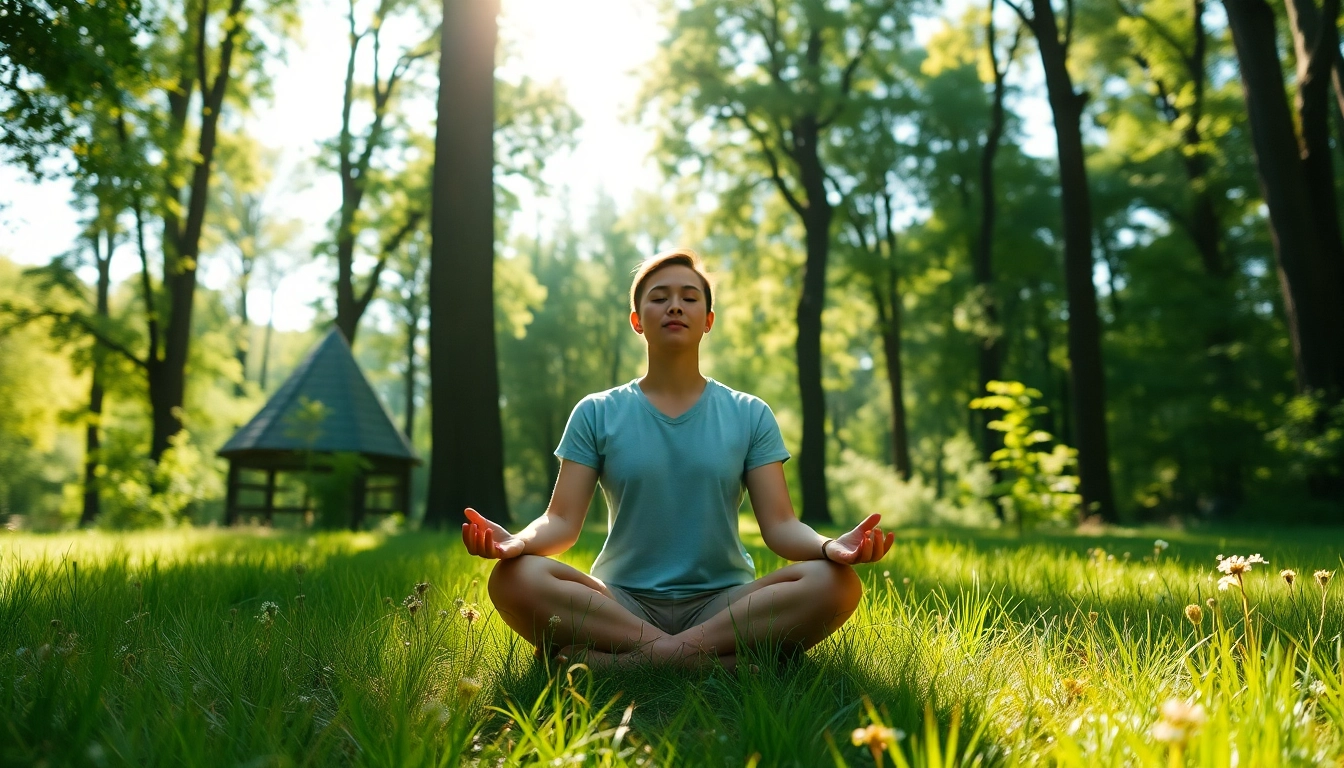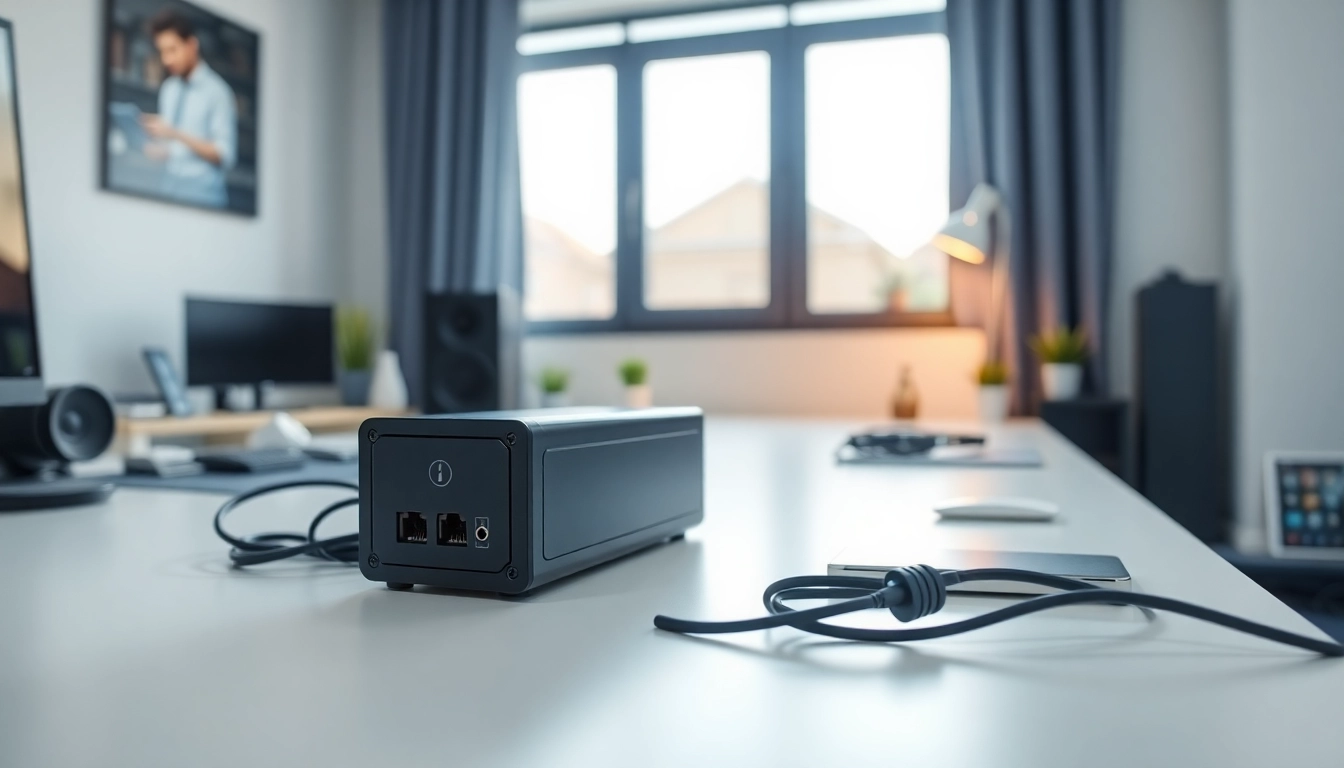
Understanding Guided Meditation for Stress Relief
In today’s fast-paced world, stress has become a common hurdle that affects our emotional and physical well-being. Many individuals seek various techniques to navigate their stress, and one increasingly popular method is Guided Meditation for Stress Relief. This practice offers a structured approach, allowing users to immerse themselves in an experience designed to foster relaxation and tranquility.
What is Guided Meditation?
Guided meditation is a form of meditation in which an instructor or guide leads participants through the process. This can occur in person or via recordings. Typically, guided meditation begins with instructions to help individuals focus on their breath, release tension, and visualize calming images. The guidance is especially beneficial for beginners who may find it challenging to meditate independently. By using verbal cues and storytelling, the guide encourages meditators to concentrate on relaxing various parts of the body, fostering a deep sense of peace.
Benefits of Meditation for Stress Management
The benefits of meditation go beyond mere stress relief. Engaging in regular guided meditation can result in life-altering advantages, such as:
- Reduced Anxiety: Regular meditation helps to lessen feelings of anxiety and worry, promoting a sense of calm.
- Improved Focus: Practitioners often report increased concentration levels, which can enhance productivity and cognitive performance.
- Enhanced Emotional Health: Meditation can lead to improvements in mood and overall emotional well-being, creating greater resilience against stress.
- Promoted Self-Awareness: Through meditation, individuals can gain deeper insights into their thoughts and behaviors, fostering a greater understanding of themselves.
- Better Sleep: Many users experience improved sleep patterns, leading to rejuvenated energy levels during the day.
- Physical Health Benefits: Regular meditation has been linked to reduced blood pressure and improved cardiovascular function.
How to Prepare for Your Meditation Session
Preparation is key for maximizing the benefits of guided meditation. Here are some steps to create a conducive environment:
- Find a quiet space: Select a location free from distractions, where you can comfortably sit or lie down.
- Set a regular schedule: Try to meditate at the same time each day to establish a habit.
- Gather your materials: If necessary, have any tools such as cushions or blankets ready for comfort.
- Disconnect from technology: Turn off notifications and electronic devices to avoid interruptions during your session.
Key Techniques for Guided Meditation for Stress Relief
Breathing Exercises to Enhance Relaxation
Controlled breathing is a foundational aspect of guided meditation. These exercises can significantly enhance relaxation and focus:
- Deep Breathing: Inhale deeply through the nose, allowing your abdomen to expand, and then slowly exhale through the mouth. Repeat this process several times.
- 4-7-8 Breathing: Inhale for a count of four, hold the breath for a count of seven, and exhale for a count of eight. This technique promotes calmness and helps reduce anxiety.
- Box Breathing: Visualize a box; inhale as you count to four, hold for four, exhale for four, and hold again for four. This rhythmic approach eases stress.
Visualization Methods in Meditation
Visualization is a powerful technique within guided meditation, aiding individuals in creating serene mental spaces. Here are a few effective methods:
- Nature Scenes: Picture a tranquil forest, beach, or mountain; engage all of your senses to immerse yourself in the environment.
- Safe Space Visualization: Envision a place where you always feel safe and comfortable. This can serve as a mental refuge during stressful times.
- Color Visualization: Imagine colors that evoke feelings of peace and calmness, allowing them to wash over you as you meditate.
Incorporating Mantras for Focus
Using mantras in guided meditation can enhance concentration and reinforce a positive mindset. Here’s how to effectively incorporate them:
- Select a mantra that resonates with you, such as “I am calm” or “I release my stress.”
- Repeat the mantra silently or aloud, syncing it with your breath to create a rhythmic flow.
- Whenever your mind wanders, gently bring your focus back to the repetition of your mantra.
Creating an Ideal Environment for Meditation
Choosing the Right Space
Your meditation environment plays a pivotal role in enhancing your experience. Consider the following factors:
- Lighting: A softly lit area, whether natural or through gentle bulbs, creates a calming atmosphere.
- Temperature: Ensure that the space is comfortable in temperature, either through proper ventilation or warming elements.
- Minimizing Noise: If you are in a noisy vicinity, consider using soundproofing to reduce disturbances.
Essential Props to Enhance Your Experience
Incorporating certain props can significantly enhance your guided meditation experience:
- Cushions or Mats: Having a comfortable seat or mat can help maintain a relaxed posture during meditation.
- Aromatherapy: Utilize essential oils or incense to engage your sense of smell and create an atmosphere of tranquility.
- This is optional: Incorporating a light blanket or shawl can add to your comfort during longer sessions.
Sound and Music for a Calming Atmosphere
Soundscapes can greatly enhance a meditation practice. Consider using:
- Nature Sounds: Sounds of rain, ocean waves, or birds singing can ground you and evoke a sense of peace.
- Ambient Music: Choosing soft, instrumental music can aid in relaxation without being distracting.
- Guided Audio: Listening to guided meditation recordings can provide the structure and focus necessary for effective practice.
Addressing Common Challenges in Meditation
Dealing with Distractions
Distractions are a common challenge for many who practice meditation. Here are strategies to minimize interruptions:
- Focus on Your Breath: When distractions occur, return your attention to your breathing. This can ground you back into the present moment.
- Accepting Thoughts: Acknowledge any thoughts that arise without judgment, then allow them to float away.
- Set Boundaries: Inform others of your meditation times to minimize disturbances.
Overcoming Mental Blocks
It’s not uncommon to face mental blocks during meditation. Here are some ways to work through them:
- Shorten Sessions: If you find yourself struggling, try meditating for shorter periods, gradually increasing the time as you grow more comfortable.
- Change Techniques: If a particular method isn’t resonating, experiment with different forms of guided meditation.
- Be Kind to Yourself: Again, it is essential to approach meditation with a gentle mindset; allow yourself to be where you are without pressure.
Staying Committed to Your Practice
Maintaining a committed practice can be challenging. Here are some tips to help you stay engaged:
- Set Realistic Goals: Start with achievable goals and gradually increase your commitment level as you become more comfortable.
- Create a Routine: Establishing a consistent time for meditation can help it become a natural part of your day.
- Join a Group: Engaging in group meditation can provide support and motivation.
Measuring the Impact of Guided Meditation for Stress Relief
Tracking Your Progress Over Time
Understanding the impact of your practice can provide motivation and insight. Consider tracking:
- Duration: Note how long you meditate each session and how this time increases.
- Feelings before and after: Record your emotional state before and after meditation to identify patterns and shifts in your mood.
- Consistency: Keep a record of how often you meditate to help develop a consistent routine.
Using Journals to Reflect on Experiences
Keeping a meditation journal helps deepen your practice. Here are some reflective prompts:
- What sensations did you notice?
- What thoughts emerged, and how did you handle them?
- How do you feel afterward, both physically and emotionally?
Adjusting Techniques to Meet Your Needs
Your journey with guided meditation will evolve. It’s important to remain flexible and adjust techniques as needed:
- Try Different Styles: Explore various forms of meditation such as mindfulness, transcendental, or loving-kindness meditation.
- Personalize Guidelines: Modify guided scripts to resonate more closely with your personal experiences and stressors.
- Solicit Feedback: Engage with friends or practitioners about their experiences to discover what might work best for you.






